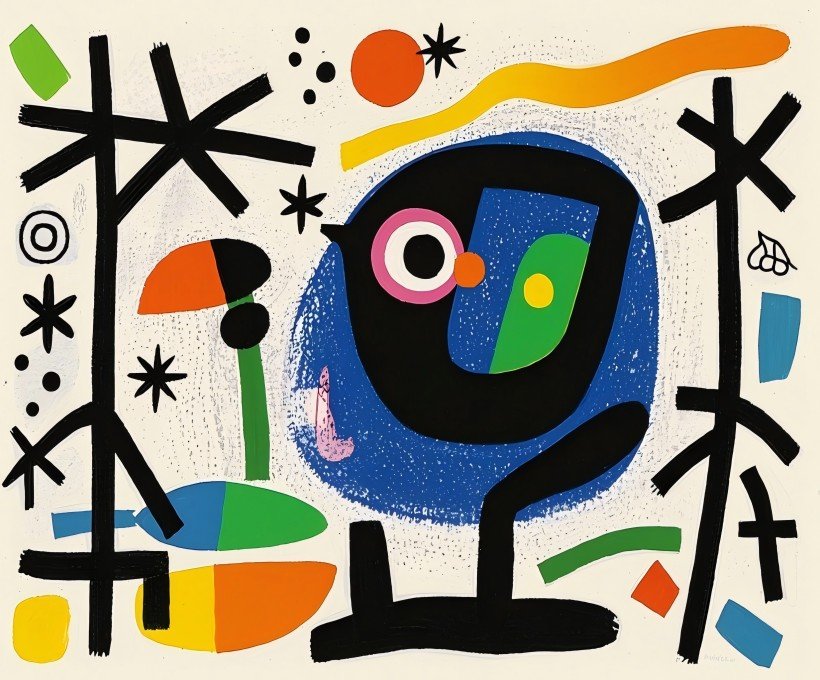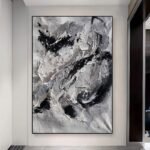Work Hours
Monday to Friday: 7AM - 7PM
Weekend: 10AM - 5PM
Artists from a Child’s Perspective

Juan Miro is a 20th-century surrealist painter who is as famous as Picasso and Dali. He is also an artist with the most children’s perspective. He likes to draw random lines and shapes on brightly colored backgrounds. Although the characters, scenery, and animals in the paintings are abstract, they are vivid and full of childishness.
Juan Miro was born in Barcelona, Spain in 1893. He entered the Barcelona School of Fine Arts at the age of 14. He was regarded as “a rare foolishness” by the teachers because of his introversion and reluctance.
At the age of 17, Miro became a business clerk. Because of depression and overwork all day long, he broke down in less than a year, so his parents had to send him to the countryside for recuperation. After recovering from his illness, Miro chose to stick to his dream and enter another art school in Barcelona.
In 1919, Miro left his hometown and came to Paris, the art capital of the world. During this period, Paris was full of famous artists, art galleries and museum treasures. But no one cares about Miro’s paintings. He starves almost every day in Paris. Fortunately, thanks to the blessing of fortune, he met many friends in the art circle, especially Picasso from his motherland. Picasso bought a self-portrait of him and kept it forever.
In 1925, Miro participated in the first surrealist exhibition held at the Pierre Art Museum and completed the first truly “surrealist painting-“Harlequin’s Carnival”. Since then, his works have been called dream paintings.
Since 1930, Miro’s works have been regularly displayed in New York and other cities. As a leader of surrealism, he has a great influence in the painting world, and his reputation is second only to Picasso.
There is no specific image in Miro’s works, just like children’s graffiti, full of childishness. He uses various colors to paint color blocks. In his paintings, whether it’s people, scenery or animals, although they are abstract and lively, they seem relaxed and free, but even abstract paintings do not prevent us from using our brains to imagine and restore according to our life experience.




